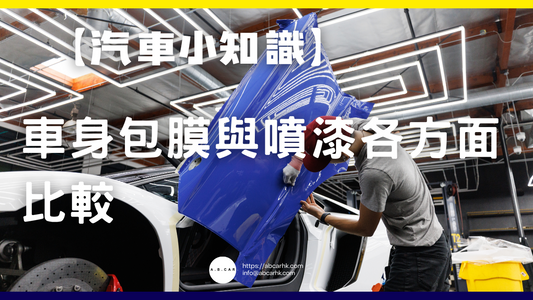Consumption Upgrade and Downgrade: The Choices and Struggles of the Middle Class | Editor: Li Daosheng

Consumption Upgrading and Downgrading: The Choices and Struggles of the Middle Class
1. The Dual Reality of the Middle Class
Hong Kong's middle class faces the pressures of high housing prices, education, and healthcare costs, while also pursuing a quality of life. With limited income and rising expenses, many families face the difficult decision of whether to "consume upgrade" to improve their well-being or "consume downgrade" to protect their finances.
2. Consumption upgrade: Why is it so tempting?
Social and identity
Designer clothing, high-end restaurants, and boutique coffee have become social currencies, demonstrating one’s status and that of one’s friends.
Experience first
"Experiential consumption" such as travel, concerts, gyms and spas makes life richer.
Health and quality awareness
Organic food, imported ingredients, smart home appliances, air purifiers, etc. to meet higher quality needs.
Technology Trends
Follow the latest mobile phones and smart wearable devices to enjoy convenience and fashion.
3. Consumption Downgrade: Self-Protection in Times of Financial Hardship
Economical alternative
Order takeout from a food delivery platform’s “selected value meals” or make your own bento.
Second-hand economy and exchange platform
Buy second-hand furniture and electronics on eBay and Carousell.
Minimalism and the concept of letting go
Keep only the items you use most frequently to reduce impulse purchases and waste.
Discount Sniper
Holiday discounts, group purchases and discount codes, compare prices accurately before placing your order.
4. The middle class’s choice: rise or fall?
Core needs vs. vanity consumption
First meet the core needs of housing, education, medical care, etc., and then consider improving the experience or brand.
Cost-effectiveness ratio
Use a limited budget to measure "happiness increase" and "financial pressure", and sacrifice small happiness to protect big goals when necessary.
Long-term and short-term balance
Monthly spending control + annual major upgrades (such as traveling once a year) to avoid excessive living expenses.
Psychological expectation management
Recognize the "anxious consumption" marketing created by the platform and refuse the pressure of comparison.
V. Strategic and Practical Recommendations
Budget grading
Adopt the "70/20/10 principle" - 70% necessities, 20% savings and investments, and 10% quality upgrades.
Goal Setting
Set an annual priority for "spending upgrades" (like a good camera or an in-depth trip), and downgrade everything else.
Combination Upgrade
Large items such as home appliances and furniture are upgraded at one time to make them more durable and energy-efficient; small products are downgraded while maintaining their functionality.
Sharing Economy
Membership-based shared cars, library book borrowing, and co-working spaces allow you to experience high-quality services at a low cost.
Intelligent financial management
Use the app's accounting, price comparison, and automatic transfer functions to automatically transfer the upgrade budget to a dedicated account.
6. Editor’s opinion
Middle-class life is a balancing act between financial management and self-realization. While moderate upgrades can enhance happiness, uncontrolled ones can only become a source of anxiety. Reasonable downgrades can free up financial resources, making truly important quality purchases more valuable. Hong Kong's middle class must learn to be their own "financial CEO," navigating the balance between cost-saving and revenue-generating, firmly steering their lives.
Come on, struggle and choices are all part of the process of growth. I hope everyone can find the happy rhythm that suits them best between upgrading and downgrading.



